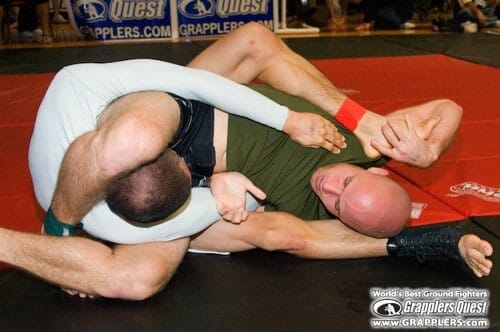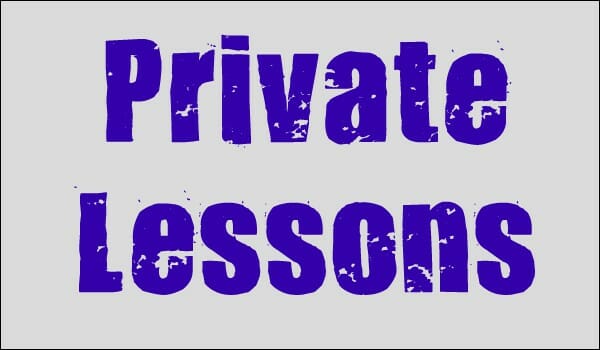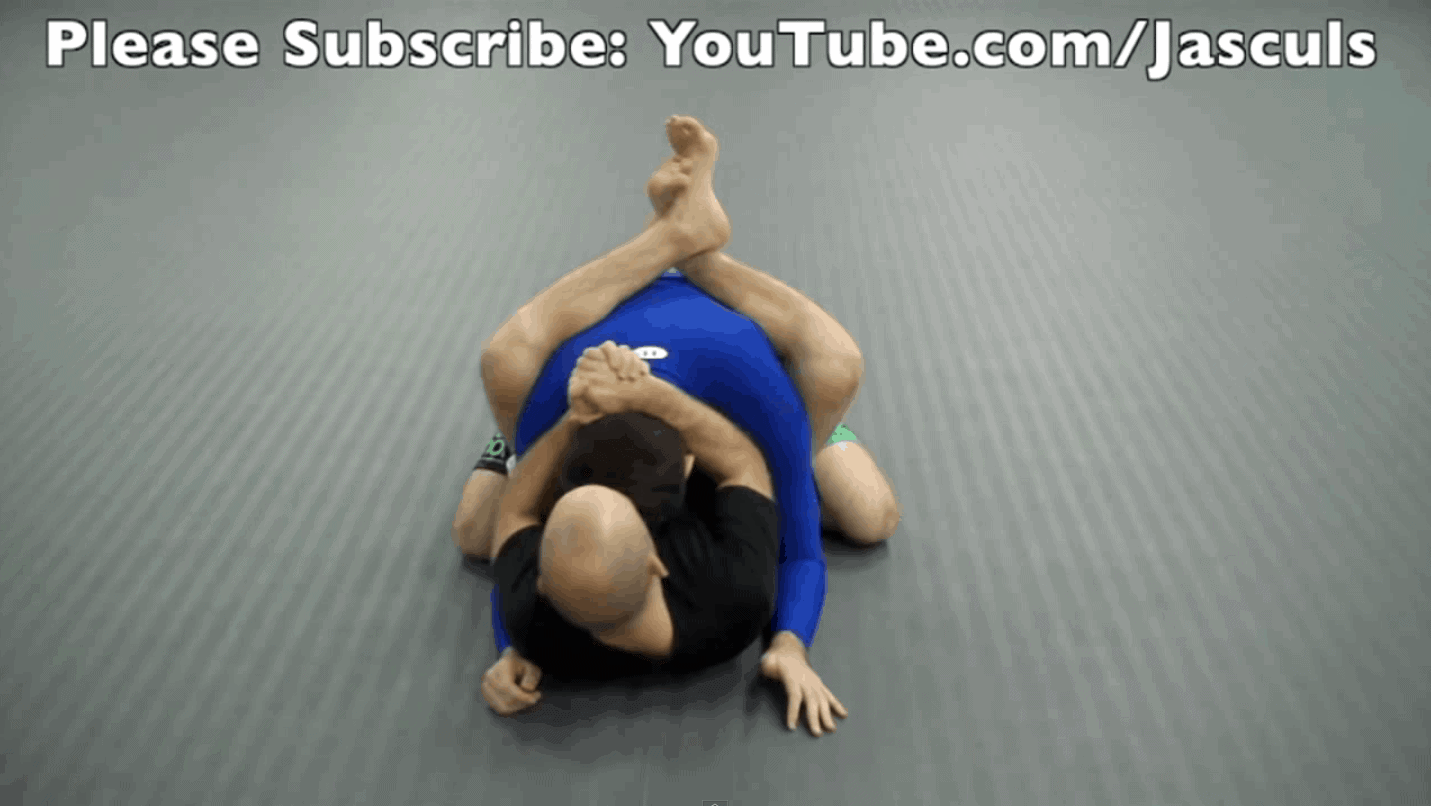Tips To Make a Good Grappling Training Partner
I mean you can’t train this stuff by yourself unfortunately. Below are some things that I feel make a good training partner.
First we have to think in terms of how you’re drilling as there are different ways and I’ll talk about this more in-depth in another article. Then after that, is a list of general things a good partner should have or do.
- Dead Pattern Training – No resistance from your partner. Usually done when you are learning a brand new move.
- Progressive Resistance Drilling – Gradual resistance given by your partner. Added once you start feeling more comfortable with the movements
- Semi-Live/Flow/Slow Rolling – Rolling live with your partner at a pace that is not usually more then 50% of your max effort and you both match each others pace without muscling movements and exploding out of things
- Live Rolling – This is where you both go with 75% to 100% of you max effort and you are both trying to get the best of each other. You are trying to time your movements correctly to catch your partner off guard and he is defending with full resistance and visa versa.
Ok, now onto what makes a good partner in my opinion in each area. Now when you read this and you think of it. Think of it not only in a manner of what or how your partner should be reacting when he is working with you, but also how YOU should be reacting when you are a partner yourself.
In dead pattern training a good partner:
- Will be cooperative in their movements. They will not give resistance or a ton of resistance as to where it will hinder your training and restrict you from trying the new movements.
- Will not be a dead body. Meaning they won’t just go limp on you and lay their body to where you feel every single bit of their weight. If they do this it will restrict your movements and it will nowhere near mimic what it would be like if you were actually rolling live. You will get frustrated with them because they aren’t making it at all practical for you.
- Will not resist your movements as your drilling them. Dead pattern drilling is a time for you to be able to practice the movements of the technique without having to worry about someone fighting you. It’s the time that you go through the motions and get a small grasp on the initial concepts of the movements. If someone just starts resisting you right off the bat it may mess up your initial try of the move and discourage you from doing it in the future because you may think you’re doing it wrong.
- Will not just lose their base and balance. Many times when people train with others, especially new students they tend to lose their balance very easily. They do this even when they would probably never do that when they are rolling. Lets say your practicing a sweep and you know that when you do it in a live situation a person will probably not just lose their balance right away because their reflexes will kick in and they will try to stay up because they don’t want to get swept. What happens though when you train with a new person or someone who isn’t a very good training partner is they will just tip over. They’ll do this even if you’re hardly even do anything. It’s like a rag doll. This is not a good training partner. This in my opinion is probably the most frustrating part of a bad training partner when it comes to dead pattern drilling. So when you’re a training partner and someone is drilling a sweep or something, don’t just fall over like you have no stability sense in your body. React a bit to keep your balance because if your partner does the move correctly they should sweep you. I’m not saying you should resist their movements but don’t just fall without them having to do the technique correctly.
When drilling with progressive resistance a good partner:
- Should be aware of what progressive resistance is. It’s not where all of a sudden they go from dead pattern drilling to all out 100% resistance. It’s where you add a bit of resistance a little bit at a time. Some people have a hard time getting this concept. It is up to you, being their partner to tell them just how much resistance you might want also.
- Should be adding the resistance gradually and at the same time paying attention to what it is you’re doing. The purpose of this is because if you are not getting the movements for some reason they will be able to give you feedback on their end of what they think you might be doing wrong. Then from there you can adjust your movements accordingly.
- You both should discuss when more resistance should be added. When you just rely on your partner to add the resistance progressively on their own it tends to be difficult to gauge what each other wants during the drilling as far as the resistance goes.
When semi-live/flow/slow rolling:
- In this type of training it is once again important for your partner and yourself to make sure that you do not confuse it with “Live Rolling”, which is at a much higher pace. You need to focus on moving at no more then 50% and feeling your partners movements. This helps for you both to see things while you are moving and counter acting each other.
- It is important for you and your partner to understand that you need to be creative and feed each other things. By doing this it will possibly open up your eyes to different openings and situations. It may help you see your game in a new light.
- It is important for you to get your partner in bad positions and then let him escape and for you to pay attention to how he is escaping so you can figure out how to stop him when you do “Live Rolling”
- Make sure you explore many areas and both you and your partner should be cooperative.
- You and your partner should not be competitive during this type of training.
When doing live rolling a good partner will:
- Leave there ego at the door and not get frustrated if he is caught in a position or submission. A good partner will learn from that situation.
- Never apply a submission hold in a extremely fast or malicious manner. This is what leads to injuries.
- Always do their submission with control and safety in mind. You want to make sure you do not hurt your partner because you want to keep training with them.
- Listen to their training partner in regards to any injuries their partner might have to ensure they do not go for those areas and hurt their partner even more.
- Will not be malicious in there rolling with their partner for example they will not dig their chin in their partners eyes, or anything similar of that matter.
- Will be competitive at times. Your partners and your rolling doesn’t always need to be competitive, but it’s good to have the competitive nature once in a while to help really get you going and test your limits. A good partner is someone who can help you do this.
I know a lot of these in the categories sound similar and come down to communication and not being competitive, but I feel it is also good to see the little points in between.
- Always communicate with their partners. Tell them your injuries and ask them if they have any injuries.
- Always keep safety in mind. Make sure you try to avoid any unnecessary accidents, such as over applying submissions or hitting your partner on accident with your limbs.
- Will be aware of their surroundings. Make sure when they roll that no one is really close to them so they do not cause an accident around them.
- Will not be tense. Make sure you are not extremely tense as it may lead to injury and reduce the effectiveness of the training.
- Will be open minded to learn from there training partners
- Will not stop drilling until the instructor says so or moves onto another technique. They will make use out of their time and they would want you to do the same.
- Will listen to you. When you tell them you do not want to go hard they should listen and not just do whatever they want, and you should do the same. If he wants to roll light, and you agree that means you roll light, not 100% percent.
- Will let go as soon as someone taps them and will not hold on too long.
- Will not have an ego and will submit always on time. (xale07)
- Will adapt their game according to theirs and your experience level. If you are a white belt and they are a brown belt they should adjust their game accordingly and not always go all out. This also applies to size differences. (xale07)
- Will make sure they have clean hygiene. Their gi will be clean. They will have clean breath, shower, and wear deodorant.
- Will be someone who has a positive outlook on training and enjoys it as much as you do. (Lykolate)
- Will be someone you enjoy drilling with. You never want to leave anyone out, but you also want to make sure you enjoy training with someone and they will help to elevate your game. (Lykolate)
- Will be someone who supports you and tries to help motivate you. This is important to develop the “Team” aspect and to help everyone move one step forward in their training. You want someone who will help push you when you are tired and help get you past that mental barrier of wanting to give up and stop. (Lykolate)







